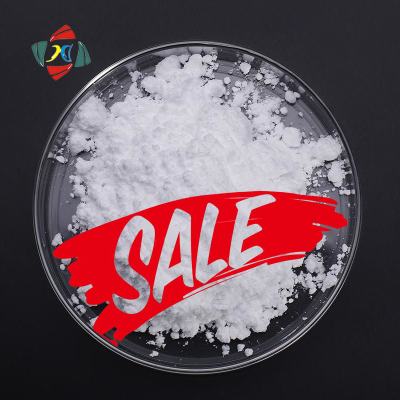-
Categories
-
Pharmaceutical Intermediates
-
Active Pharmaceutical Ingredients
-
Food Additives
- Industrial Coatings
- Agrochemicals
- Dyes and Pigments
- Surfactant
- Flavors and Fragrances
- Chemical Reagents
- Catalyst and Auxiliary
- Natural Products
- Inorganic Chemistry
-
Organic Chemistry
-
Biochemical Engineering
- Analytical Chemistry
- Cosmetic Ingredient
-
Pharmaceutical Intermediates
Promotion
ECHEMI Mall
Wholesale
Weekly Price
Exhibition
News
-
Trade Service
Pramipexole dihydrochloride is a synthetic compound that is used as a treatment for Parkinson's disease and other movement disorders.
It is a dopamine agonist, which means that it mimics the effects of dopamine in the brain and helps to regulate the movement of the body.
Pramipexole dihydrochloride is also used to treat restless leg syndrome and certain types of depression.
There are several synthetic routes that can be used to prepare Pramipexole dihydrochloride, each of which has its own advantages and disadvantages.
The following is a brief overview of some of the most common synthetic routes for this compound:
- The direct reaction of hydroxylamine with N-phenyl-1,4-dihydro-2,5-oxazepine-3-amine in the presence of sodium hydroxide followed by dehydrochlorination is one of the most common methods for preparing Pramipexole dihydrochloride.
This method involves the use of relatively inexpensive and readily available starting materials and produces a high yield of the desired product. - Another common synthetic route for Pramipexole dihydrochloride involves the reaction of N-[2-(diphenylmethoxy)ethyl]-1,4-dihydro-2,5-oxazepine-3-amine with a variety of different alkylating agents.
This method can be used to introduce a variety of different functional groups into the molecule, which can be useful for modifying the pharmacokinetics and pharmacodynamics of the compound. - A third synthetic route for Pramipexole dihydrochloride involves the reaction of N-[2-(di-tert-butylphenoxy)ethyl]-1,4-dihydro-2,5-oxazepine-3-amine with a variety of different electrophiles, such as chloroformates or mesylates.
This method can be used to introduce a variety of different functional groups into the molecule, which can be useful for improving the solubility and bioavailability of the compound.
Overall, there are many different synthetic routes that can be used to prepare Pramipexole dihydrochloride, each of which has its own advantages and disadvantages.
The selection of the most appropriate route will depend on a variety of factors, such as the availability and cost of starting materials, the desired properties of the final product, and the scalability of the process.







